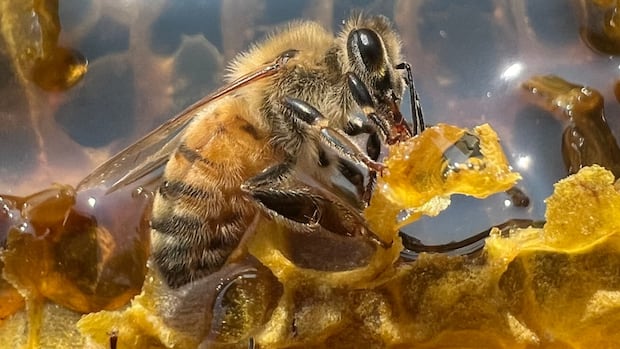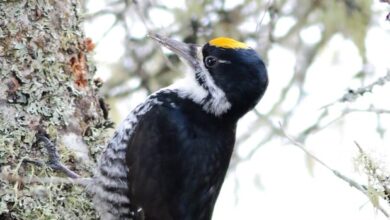How beavers could help fight wildfires

A recent study conducted by researchers at Stanford University and the University of Minnesota has shed new light on the significant role beavers play in making arid Western landscapes more resilient. The study, published in Nature, analyzed over 1,500 beaver ponds across 40 streams in the western United States and found that these iconic animals are more than just buck-toothed rodents.
The research revealed that beavers act as ecosystem engineers, reshaping waterways in ways that benefit entire landscapes. By building dams that slow streams, spread water onto flood plains, and create lush habitats, beavers are able to blunt drought, slow floods, and shield areas from wildfires. This finding is particularly significant as climate change continues to drive longer droughts, heavier floods, and fiercer wildfire seasons.
Using aerial and satellite imagery, the researchers were able to capture the full scope of beaver engineering. By mapping clusters of dams and ponds, they were able to show how beavers transform landscapes on a large scale. These beaver pond complexes create wetter, greener patches across the landscape, acting as natural “speed bumps” that provide wildlife with shelter and help ecosystems recover more quickly after disturbances like wildfires.
In a previous study from 2020, researchers found a striking example of this phenomenon during the 2000 Manter Fire in California. An image showed that vegetation near a beaver pond remained green while the surrounding areas burned, highlighting the protective effect of these beaver complexes.
While beavers were historically prized for their thick furs and played a significant role in Canada’s early development, their near-extinction due to over-harvesting led to their remarkable comeback. Today, researchers and land managers are recognizing the potential of beavers as natural solutions to build resilience in the face of climate change.
Although beavers may not be able to stop large wildfires on their own, they can fragment the landscape and create anchor points for fire crews to stage operations and slow the spread of flames. The research has convinced experts like Marc-Andre Parisien, a scientist with the Canadian Forest Service, of the positive impact beavers can have on landscape-level effects.
In conclusion, the study highlights the important role beavers play in creating resilient landscapes in the face of climate change. While beavers may not be able to single-handedly stop large wildfires, their ability to reshape waterways and create habitat pockets can make a significant difference in building resilience in arid Western landscapes. The world is constantly changing and evolving, and with it, so too must we adapt and grow. In order to thrive in this ever-changing landscape, it is crucial to embrace new ideas and innovations.
One of the key ways in which we can do this is by fostering a culture of creativity and innovation in all aspects of our lives. This means being open to new possibilities, thinking outside the box, and challenging the status quo.
Innovation is not just about coming up with new ideas, but also about implementing them in a way that brings about positive change. It requires us to be proactive, curious, and willing to take risks.
By fostering a culture of creativity and innovation, we can create a world that is more dynamic, exciting, and full of potential. We can solve complex problems, improve existing systems, and make the world a better place for all.
So let’s embrace the power of innovation and creativity, and work together to build a brighter future for ourselves and future generations. The possibilities are endless, and the only limit is our imagination.




